Transform your space into a vibrant hub of nostalgia and modernity with retro-style decor ideas that effortlessly blend classic charm with contemporary flair. Whether you’re aiming to refresh a dull living area or inject a unique vibe into a blank canvas, retro-style decor offers a timeless approach to creating inviting environments. From bold color palettes to iconic furniture styles, retro aesthetics provide endless opportunities to craft a space that feels distinctly yours. In this guide, we’ll explore how to incorporate retro elements into your home, offering practical tips and inspiration for bringing vintage vibes into modern living spaces. Get ready to discover how retro-style decor can elevate your interior design game and leave a lasting impression on anyone who steps inside.
Here are the key takeaways for the article “Transform Your Space: Boost Engagement with Retro-Style Decor Ideas for Modern Living”:
- Retro style merges past eras with modern design, offering a nostalgic yet contemporary aesthetic.
- Incorporate vintage elements to create sustainable, unique living spaces that stand out.
- Curate eclectic interiors by mixing mismatched furniture and bold design elements from different eras.
- Revive retro aesthetics using geometric patterns, vibrant colors, and rich textures for a visually striking space.
- Enhance your space with retro-inspired accessories and lighting to add personality and charm.
- Sustainable practices are integral to retro design, emphasizing the reuse of vintage items for eco-friendly transformations.
- Bridge the gap between the past and present with retro-style decor that feels both familiar and innovative.
These bullet points encapsulate the essence of retro-style decorating, highlighting its nostalgic appeal, sustainability, and ability to create timeless and unique spaces.
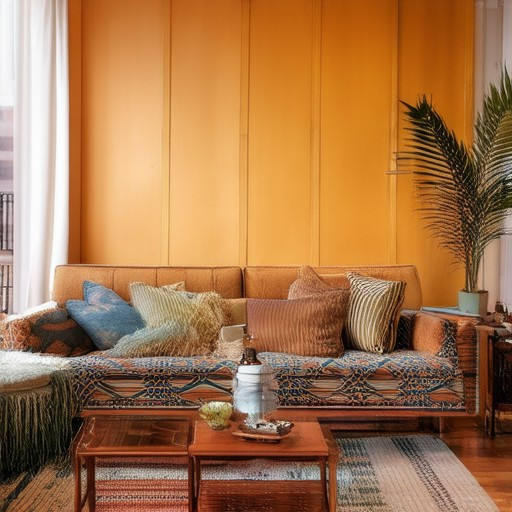
How to Decorate Retro Style?
Decorating in a retro style involves blending elements from past decades with modern aesthetics. Here’s a step-by-step guide to achieving that classic retro look:
- Color Palette : Opt for earthy tones like olive green, mustard yellow, deep reds, and muted blues. Add a pop of vibrant color with bold accents to mimic vintage hues.
- Patterns and Textures : Incorporate geometric patterns, floral motifs, or stripes. Use textured fabrics and materials like corduroy or velvet to mimic vintage textures.
- Furniture : Mix mid-century modern pieces with antique finds. Repurpose old furniture by painting it in bold colors or adding unique upholstery.
- Lighting : Use retro-inspired lighting such as pendant lights, table lamps with bulbous shapes, or vintage-style chandeliers. Consider adding string lights for a cozy vibe.
- Accessories : Add vintage-inspired accessories like vinyl records, retro clocks, or filament bulbs. Include throw pillows with geometric patterns or vintage-looking fabrics.
- Mixing Old and New : Combine retro elements with modern decor to create a balanced look. For instance, pair a vintage sofa with a minimalist coffee table.
- Maintenance : Regularly clean and maintain your retro decor to preserve its charm. Use natural fibers and eco-friendly products to keep your space looking fresh.
By incorporating these elements, you can transform your space into a retro haven that feels timeless and stylish. Embrace the retro aesthetic and let your creativity shine!
What is 70s Retro Decor?
Retro decor from the 1970s offers a vibrant and nostalgic aesthetic that brings back the spirit of the golden era. This style is characterized by bold colors, unique furniture designs, and a mix of bohemian and hippie influences.
Key Elements of 70s Retro Decor
- Color Palette: The 70s were defined by earthy tones like avocado green, mustard yellow, burnt orange, and brown. These warm hues create a cozy and inviting atmosphere.
- Furniture: Mid-century modern pieces inspired by designers like Charles Eames and George Nelson. These iconic chairs and tables feature geometric shapes and minimalist lines.
- Accessories: Shag rugs, lava lamps, and bean bags were staples of the 70s living room. These items add texture and warmth to any space.
- Art and Typography: Abstract art and vibrant wall murals were popular during this era. Statement pieces with bold patterns and colors can elevate your decor.
How to Incorporate Retro Decor
- Start with statement lighting like a retro chandelier or a sleek table lamp.
- Add throw pillows with geometric patterns or bold solids to complement your sofa.
- Consider a shag rug for a cozy feel under your feet.
- Display vintage photographs or artwork in simple, wooden frames.
Brands and Resources
Explore Retro Sales for a curated selection of vintage items and decor inspiration. Their blog offers insights into retro culture and trendspotting in the world of vintage fashion and design.
Embrace the Groove
Don’t shy away from mixing textures and patterns. The 70s were all about embracing the unconventional, so let your creativity shine!
Shop Retro Sales for authentic vintage pieces and discover the charm of 70s decor today!
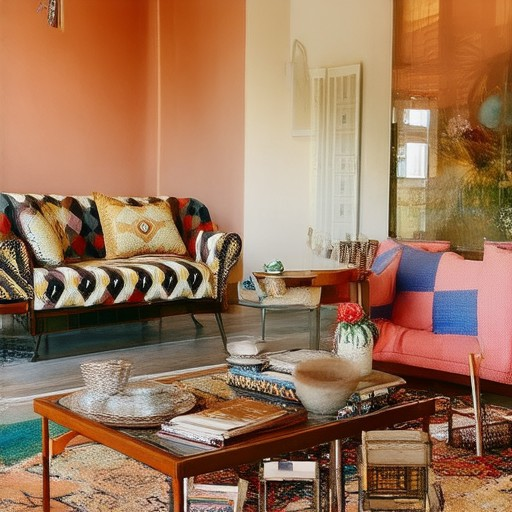
How to Make Your House Look Retro
To achieve a retro aesthetic in your home, focus on incorporating design elements from past decades while maintaining functionality. Here’s a step-by-step guide:
1. Choose a Retro Era
- Mid-Century Modern (1950s-1970s): Opt for sleek, minimalist furniture with clean lines and geometric shapes. Visit Retro Sales for vintage mid-century modern pieces.
- Bohemian (1960s-1970s): Embrace vibrant colors, tie-dye fabrics, and floral patterns. Consider painting your walls in earthy tones or adding colorful rugs and curtains.
- Art Deco (1920s-1940s): Incorporate geometric motifs, bold colors, and decorative mirrors. Check Retro Sales for Art Deco-inspired lighting and accessories.
- Rustic & Industrial (Late 1800s-Early 1900s): Use raw wood, exposed brick, and metal accents. Add vintage industrial lighting for a gritty vibe.
- Victorian (Late 1800s): Feature high ceilings, heavy drapes, and dark wood. Source ornate mirrors and Victorian-inspired wallpaper from Retro Sales.
2. Incorporate Retro Colors
- Paint rooms in pastel shades or bright, contrasting hues popular in the 70s and 80s. Use throw pillows and blankets with bold, retro patterns.
3. Restore Furniture
- Refinish or repaint old furniture to bring it back to life. Explore techniques like milk painting or distressing for a weathered look. Check Retro Sales for restoration tips.
4. Accessorize with Vintage Pieces
- Add retro jewelry, vintage clocks, and vinyl records. Find these items at Retro Sales or local antique shops.
5. Add Retro-Themed Decor
- Install starry sky murals or geometric wall art. These can be found at Retro Sales or through their blog for inspiration.
6. Curate Lighting
- Use table lamps with fabric shades or string lights for a cozy, retro ambiance. Check Retro Sales for available options.
7. Mix Old and New
- Balance vintage finds with modern essentials to create a lived-in space. Avoid overwhelming the room with too many pieces.
By focusing on one or two main styles and thoughtfully curating your space, you can effortlessly transform your house into a retro haven. Start with furniture and colors, then layer on accessories and decor for a cohesive look. Visit Retro Sales for inspiration and vintage finds!
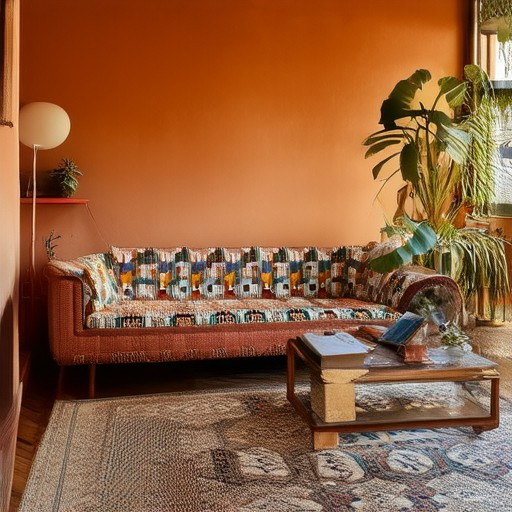
What is Retro Style in Interior Design?
Retro style in interior design refers to the deliberate incorporation of elements from past eras to create a space that feels nostalgic and timeless. This aesthetic often draws inspiration from the mid-century modern era, art deco, Victorian, and other distinct periods, blending them with contemporary design principles to create unique and meaningful spaces.
Characteristics of Retro Style
- Emotional Appeal: Retro design evokes a sense of nostalgia, connecting people to the past while offering a contrast to today’s fast-paced, modern lifestyles.
- Historical Reference: It often incorporates iconic pieces and motifs from specific decades, such as geometric patterns, vibrant colors, and unique furniture designs.
- Sustainability: Many retro styles emphasize the reuse and repurposing of vintage items, aligning with eco-friendly practices.
- Eclectic Mix: Retro spaces typically mix mismatched elements, creating a personalized and story-rich environment.
Eras Influenced by Retro Style
- Mid-Century Modern (1940s-1970s): Known for minimalist yet bold designs, this era inspired sleek lines and functional furniture.
- Art Deco (1920s-1940s): Characterized by geometric shapes, rich textures, and ornate details, this style brings a glamorous touch to interiors.
- Victorian Era (1830s-1900s): Features like heavy woodwork, intricate moldings, and elaborate decor contribute to a grand, old-world feel.
How to Incorporate Retro Style
- Curate Vintage Pieces: Mix antique furniture with modern accents to create a balanced retro-modern look.
- Play with Patterns and Colors: Opt for geometric tiles, floral wallpaper, or bold color palettes reminiscent of past decades.
- Embrace Texture: Use rough-hewn wood, velvet drapes, or metallic finishes to add depth and dimension.
- Accessorize Thoughtfully: Add vintage lighting, quirky artwork, or retro-inspired accessories to infuse personality into the space.
The Timeless Appeal of Retro Style
Retro interior design continues to captivate homeowners seeking a unique identity while staying connected to history. By thoughtfully combining classic elements with modern sensibilities, retro style creates spaces that are both familiar and extraordinary.
Visit our blog for more insights on retro interior design and explore our collection of vintage-inspired products to bring this timeless aesthetic into your home.
What Does a Retro Style Look Like?
Retro style encompasses a design aesthetic that pays homage to past eras, blending historical influences with modern creativity. It often draws inspiration from specific decades, such as the 1970s, 1980s, or 1990s, and reflects the cultural shifts of those times.
Key Characteristics of Retro Style
- Decade-Inspired Designs : Retro fashion typically features clothing and styles from particular decades. For example, bell-bottom jeans evoke the 1970s, while neon-colored sweatshirts nod to the 1980s.
- Reinterpretation : Unlike replica clothing, retro style allows for creative reinterpretation. Classic pieces are updated with modern fabrics, color palettes, and cuts to give them a fresh appeal.
- Vibrant Color Palettes : Many retro styles are characterized by bold, eye-catching colors. Pastel shades were popular in the 1950s, while brighter hues dominated the 1960s and 1970s.
- Accessorization : Retro looks often include distinctive accessories like large hairpins, chunky jewelry, and retro-inspired sunglasses.
- Nostalgic Vibe : Retro style carries a sense of nostalgia, often blending playful elements with a touch of rebellion. It’s about celebrating the past while staying true to individuality.
How to Incorporate Retro Style
- Mix and match patterns: Bold geometric prints or floral motifs from the 70s can add a retro flair to modern outfits.
- Experiment with textures: Denim, corduroy, and velvet fabrics are staples in retro wardrobes.
- Embrace oversized silhouettes: Oversized sweaters, jackets, and blazers were iconic in the 80s and continue to resonate today.
By combining these elements, retro style creates a unique bridge between the past and present, offering endless opportunities for personal expression and timeless fashion.
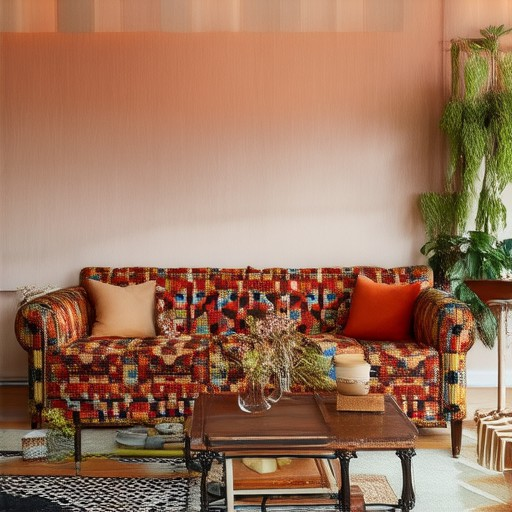
What is a Retro Decoration?
Retro decoration refers to a design style that intentionally revives and reinterprets elements from past eras, particularly focusing on the mid-20th century. This aesthetic draws inspiration from the fashion, architecture, and cultural trends of the 1950s through the early 2000s, blending them with contemporary sensibilities to create something uniquely nostalgic yet fresh.
Key Characteristics of Retro Decoration
- Time Periods : The primary influence of retro decoration comes from the mid-century modern era, which emphasizes clean lines, geometric shapes, and functionalist design principles.
- Materials : Common materials include vinyl, wood, metal, and glass, which were widely used during the mid-century.
- Color Palettes : Bold, vibrant colors like avocado green, orange, and deep reds are frequently featured in retro designs.
- Patterns and Textures : Geometric patterns, floral motifs, and textured surfaces are hallmark features of retro aesthetics.
Evolution of Retro Decoration
Retro decoration has evolved significantly over the years, transitioning from a niche trend among vintage enthusiasts to a mainstream design movement. Its appeal lies in its ability to bridge the gap between the past and present, offering a sense of history while remaining relevant to modern tastes.
Tips for Incorporating Retro Decoration
- Mix Old and New : Combine vintage pieces with modern furniture to create a balanced retro look.
- Emphasize Scale : Use statement lighting fixtures, bold artwork, or oversized furniture to highlight the retro vibe.
- Pay Attention to Details : Add small touches like vintage-inspired wallpaper, brass accents, or mid-century-inspired seating.
Conclusion
Retro decoration offers a unique way to bring history into your home while embracing contemporary style. By thoughtfully incorporating retro elements, you can create a space that feels timeless and full of character. Explore more about retro design trends and how to implement them in your home by visiting our blog or shop.
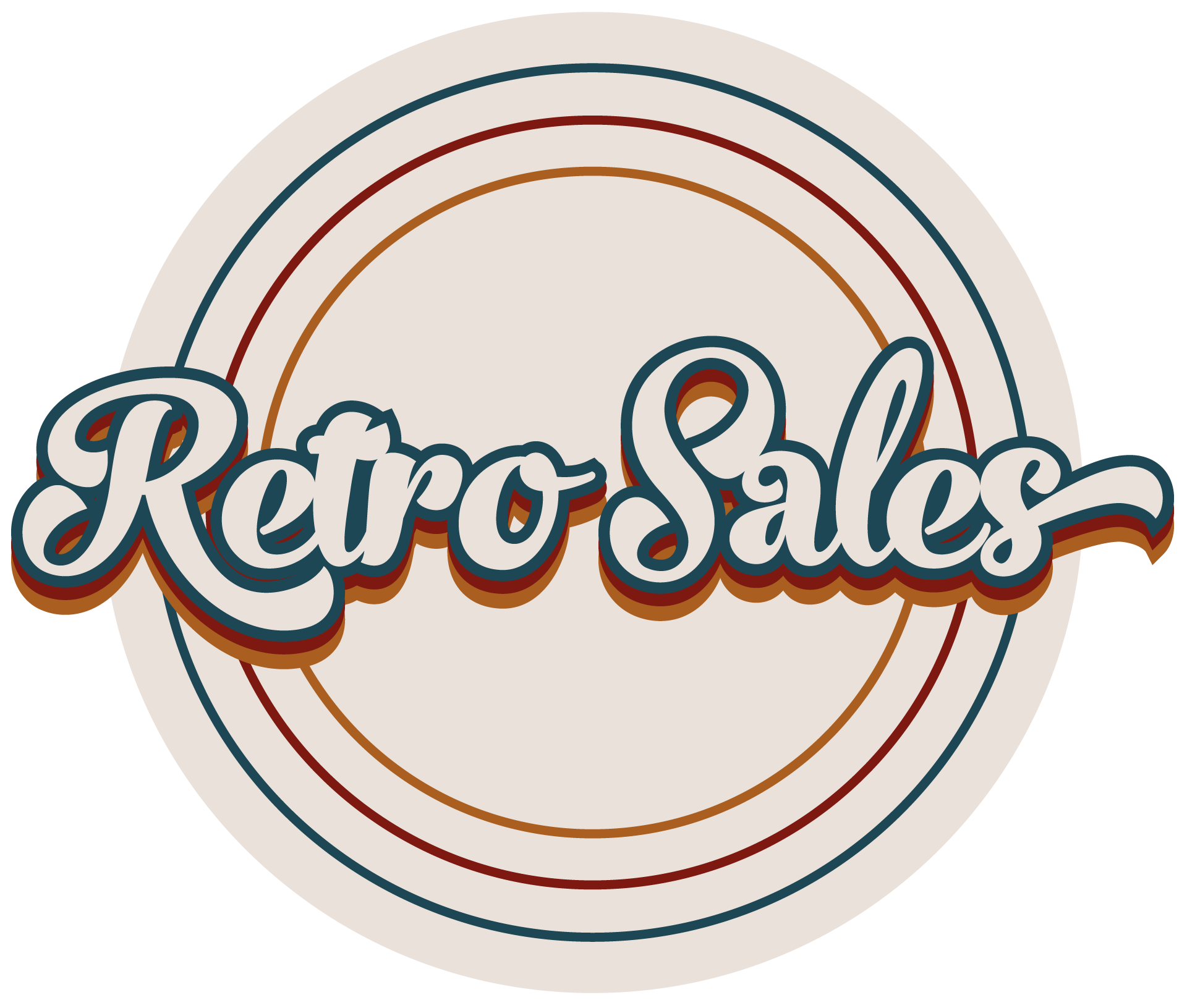
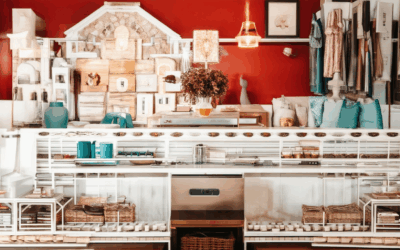
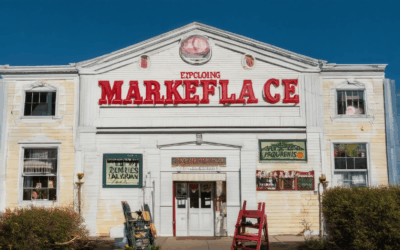
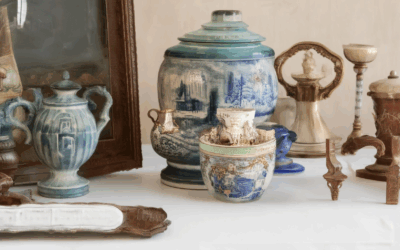
0 Comments